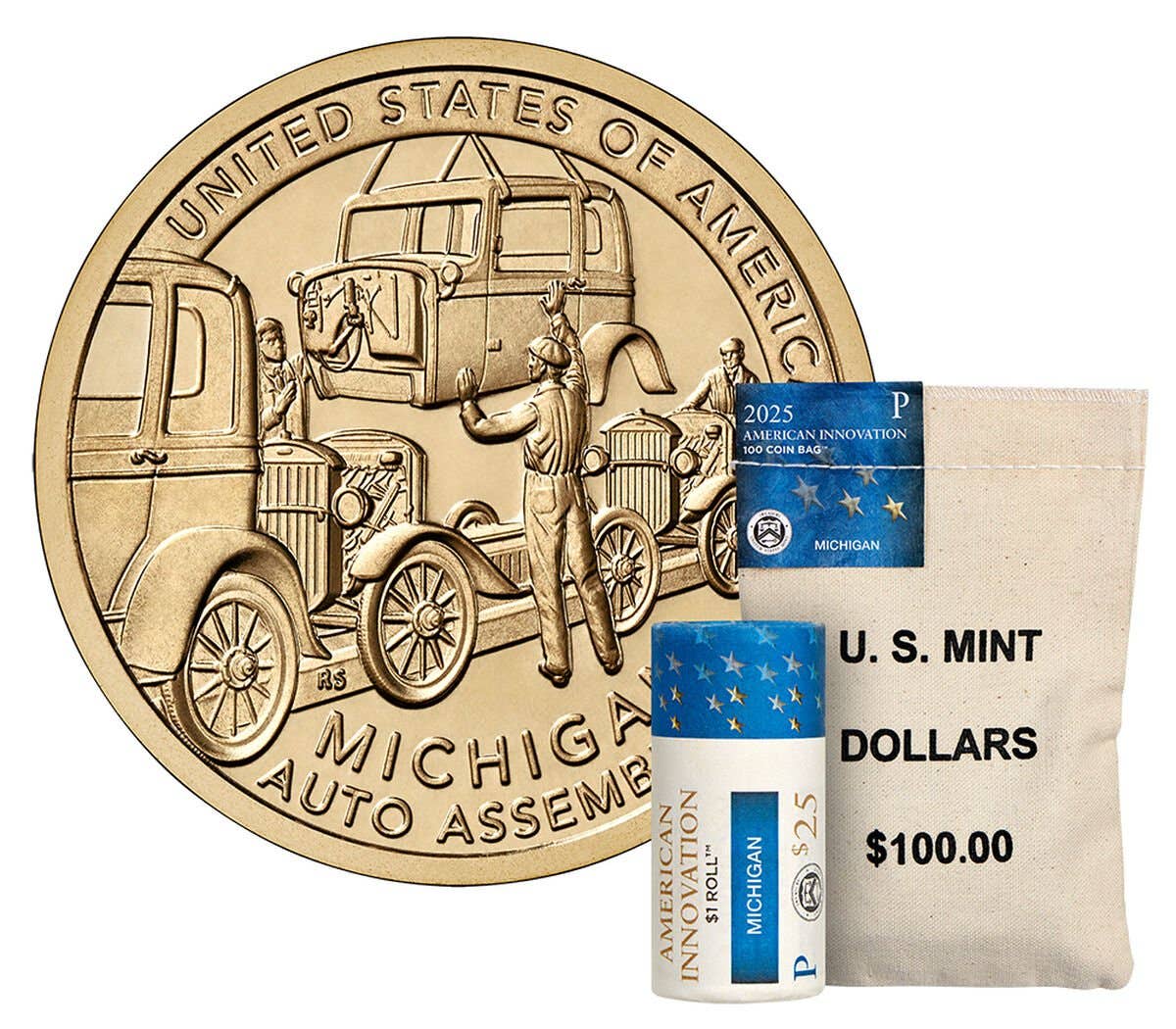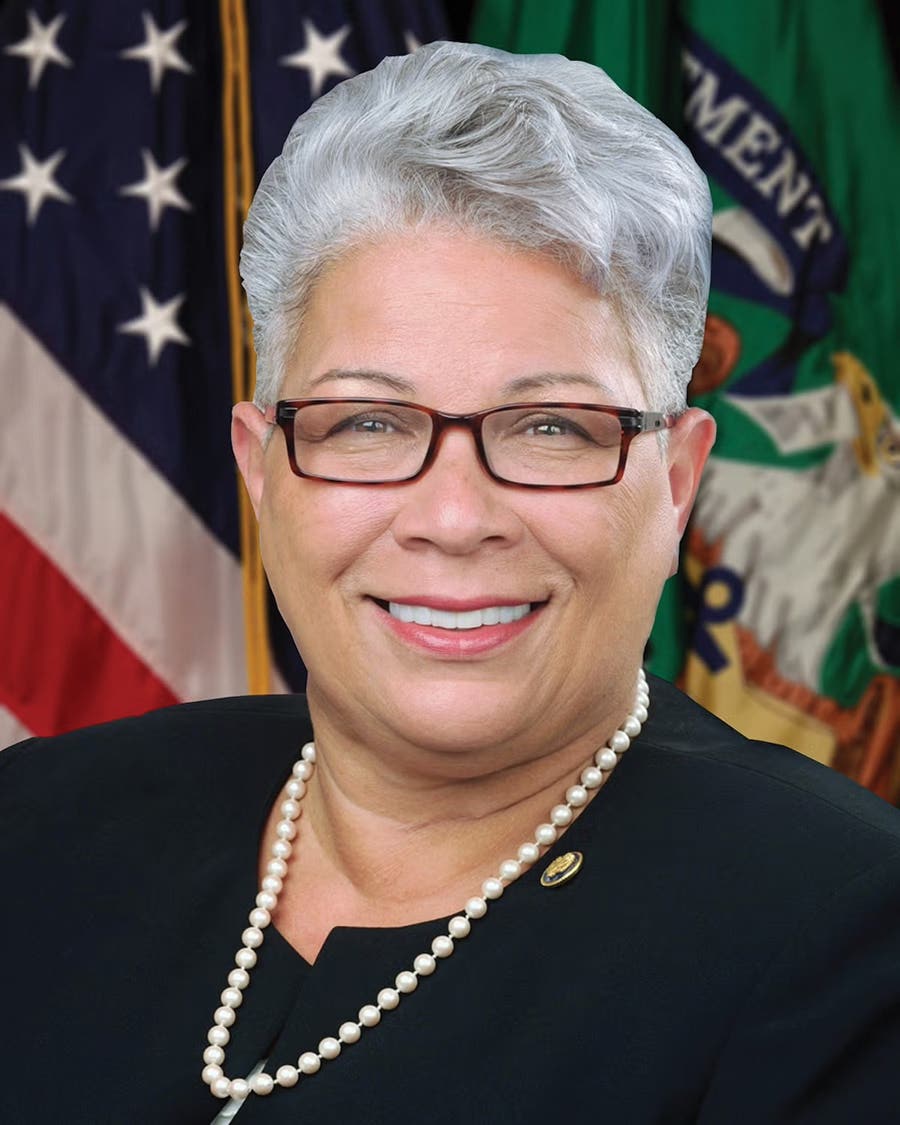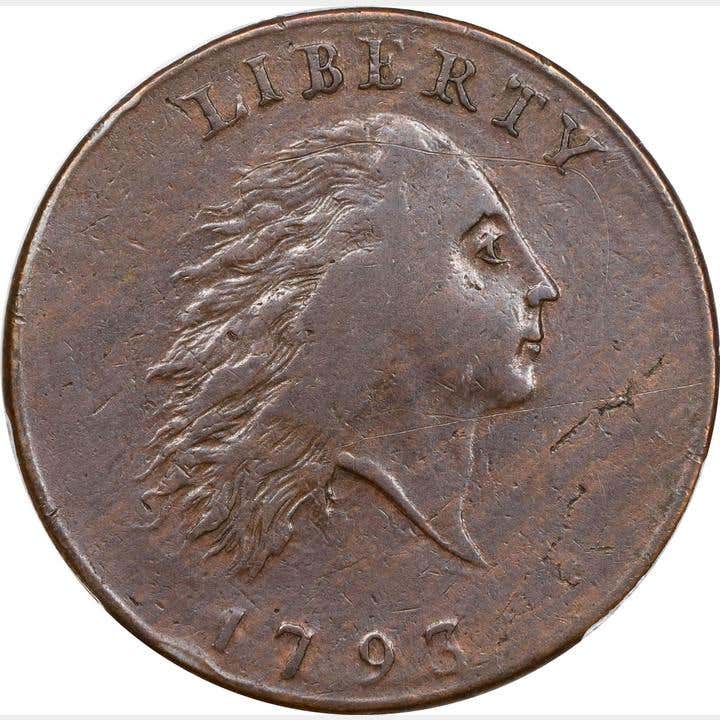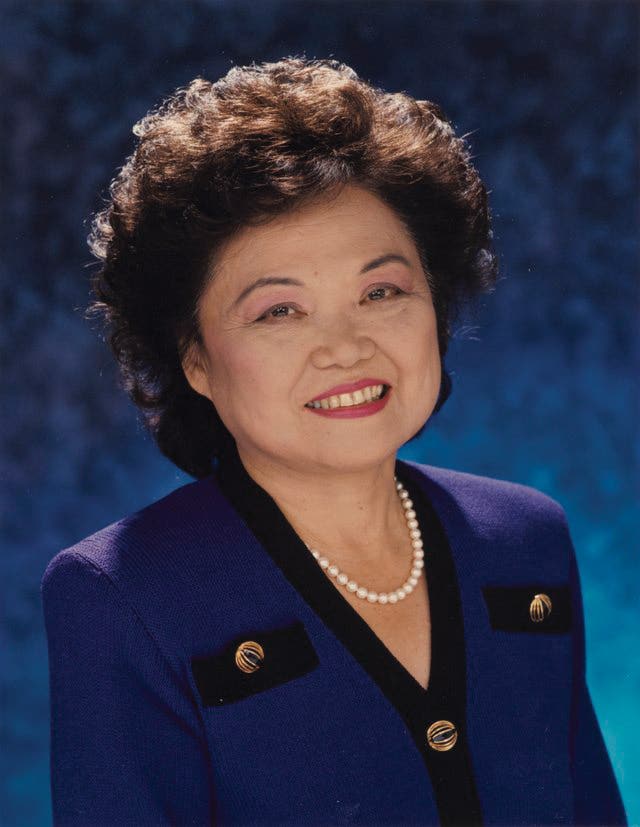Whiskey Once a Substitute for Coins
What kinds of collectible primitive or odd and curious money is there originating in what is today the United States? Many objects used in bartering can be classified as odd…
What kinds of collectible primitive or odd and curious money is there originating in what is today the United States?
Many objects used in bartering can be classified as odd and curious money. This can include beads, necklaces made from beads, wampum, and clay pipes in addition to more well-known items such as encased stamps and wooden nickels that were redeemable or used as a currency substitute. Whiskey was a popular trade substitute for coins in early Kentucky and elsewhere. The list goes on.
How is it that whiskey became a substitute for specie?
You may recall the Whiskey Rebellion of 1791 to 1794. The rebellion was against the “whiskey tax” imposed on domestic whiskey by the fledgling U.S. government. President Thomas Jefferson eliminated the tax in 1802. Coins were in short supply throughout this period and,
for that reason, made whiskey, which any farmer with a corn crop could produce, a practical substitute.
Can you give me an idea as to how rare a “Not One Cent” large penny is?
There are a number of both large cent and small cent tokens on which “Not One Cent” appears. In answer to your question, these coin types are typically inexpensive but can get to be extremely expensive in higher conditions.
Were “Not One Cent” pieces used as money?
H.N. Johnson, head of the Western Reserve and Northern Ohio Historical Society in 1888, when he said, “These tokens … passed as currency, being of good metal and weight, and though of insignificant nominal value as compared with the bank bills of the day, they are yet occasionally found in circulation.”
Where did the term, “Not One Cent,” appearing on these tokens originate?
The phrase, “Millions for Defense, Not One Cent for Tribute” was “coined” in 1798 by South Carolina Federalist and Chairman of the House Ways and Means Committee Robert Goodloe Harper. Charles C. Pinckney responded, “No, no, not a sixpence!” The Hard Times token phrase, “Not one cent for tribute,” first appeared in 1837, prompted by tensions at the U.S.-Canadian border.
*Who minted Hard Times tokens?
All Hard Times tokens were minted privately rather than by a U.S. Mint. There were 12 producers who issued an estimate of half of the more than 600 varieties. About 90 of these varieties have been attributed to Scovill & Company in Connecticut.








